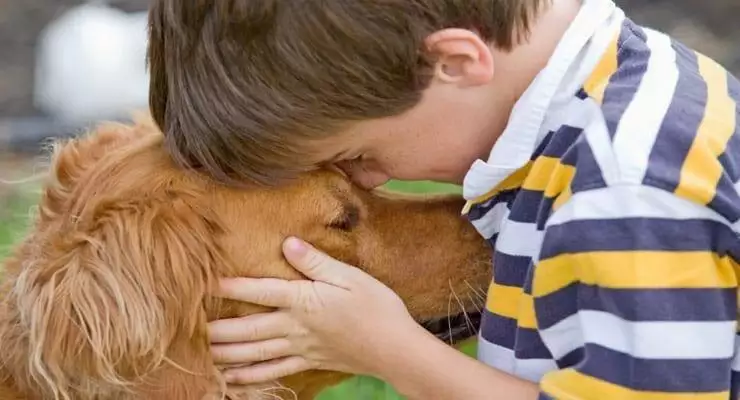There is a strangely widespread and common myth about pet mouths that needs debunking, for your own good. Dog and cat mouths are NOT sterile. Of course not!
I had a patient from around here last weekend, an adorable, fluffy, cute, clean Norfolk terrier pup who had been vomiting all night. He was young and so likely had what vets fondly call “dietary indiscretion,” i.e. ate something disgusting in the yard or on a walk. Like what? Garbage, discarded food scraps, or more likely, a carcass or another animal’s scat (poop!). There he was on the exam table 12 hours later, after a night of throwing up digested food bits, bile, and foam all over the house, licking his human owner’s lips, face, and inside her mouth while she was telling me the whole story. We made him better, but now you have an insight about his oral cavity and what was likely lurking within it, even while happily licking his caring, worried, pregnant owner.
So what is really in your pet’s mouth? The myth about sterility probably arises from the digestive enzymes in their saliva that begin the process of breaking food down once it is eaten. Enzymes are powerful and can deactivate bacteria and other infectious organisms as well as “dilute” dirt and other non-food particles before being swallowed. So that’s good. But could you swab a dog or cat mouth and grow nothing on a petri dish? Ummm….No!
Are you really surprised by this? Many of us see those rather un-savory habits our sweet pets don’t hide: sniffing the south end of any other pet they meet, self-cleaning wherever they can reach, walking around in litter boxes then grooming undercarriages, eating whatever stuff on the ground is interesting (see above), licking the floor or any object when they sense something worth sampling….I’ll leave it there.
Dog and cat (and human) mouths are literally teeming with bacteria. In one study, 220 micro-organisms were isolated from healthy dog mouths. In another report from the New England Journal of Medicine, over 130 infection-causing bacteria, including Streptococcal and Staphylococcal species, were cultured from bite wounds inflicted by a dog or cat. Not sterile!
Truthfully, allowing your pet to lick your hands, eyes, face, and mouth won’t necessarily cause you any real harm (although if your immune system is compromised, you should not really introduce any extra bacteria to it). However, animal bites are puncture wounds and must be taken seriously, especially in the case of cats who have sharper, pointy teeth and a very naughty bacteria (Pasteurella) that lurks normally in their mouths.
From 3 to 18 percent of dog bites get infected compared with up to 80 percent of cat bites. A mostly dog-oriented bug called Capnocytophaga canimorsus is of particular concern when present in a wound since it can lead to blood infections. In fact, I tell any client who sustains a cat or dog bite to consider this a medical emergency.
As an intern, I was literally corn-rowed up and down my forearm by a sick cat and ended up needing two surgeries to drain the Pasteurella infection away from vital tendons and bone, an indwelling intravenous catheter for self-injecting an ounce of antibiotics three times a day for a month, and a consult with a hand specialist who worried I’d never gain full function of my right hand back! I maintain a healthy fear of cats’ mouths to this day.
On our lovely and very dog-friendly local beaches, there are many doggy meet-and-greets that occur daily. When these go badly, your dog may get bitten by another, requiring a visit to the vet hospital and perhaps a laceration repair or at least antibiotics. If the biter has unknown vaccine status, your dog may need a Rabies booster or worse, house or hospital arrest for up to 3 months.
Please do not risk getting bitten by trying to break up a fight. One local handler uses water sprayers. (My mom would grab a mop with ammonia on it, but these aren’t always within arms reach at the beach…too bad!)
To help avoid any attacks to your dog or yourself, start by watching for signs of aggression before a bite results: raised tails and fur patches on the lower back, growling or snarling, or quick movements toward the face, muzzle, neck, or limbs. Ideally, any less social dogs should be walked on a harness and lead by a strong owner. And if the worst occurs and you or your pet are bitten, it is best to go to the doctor (you come first) and/or the vet hospital for medical care.
We know that the benefits of companion animals outweigh the risks. In our animal-loving community, you can frequently see an exchange of unconditional love between owners and pets. Pet licks and kisses are part of it all, but now you know that bit about being sterile is just an old wive’s tale after all. Hand sanitizer anyone?






